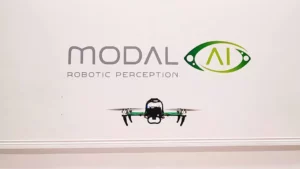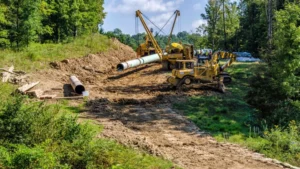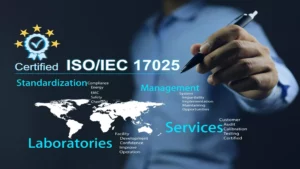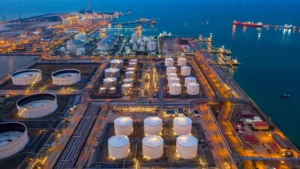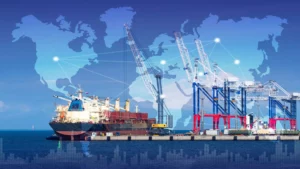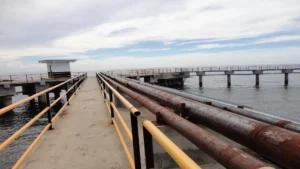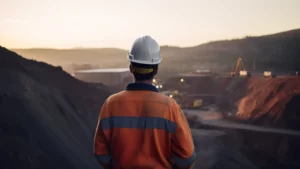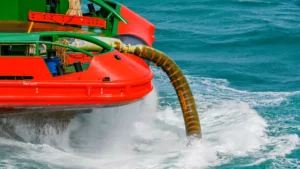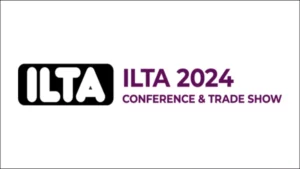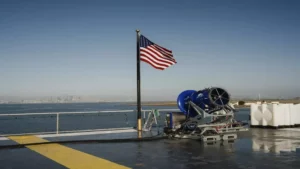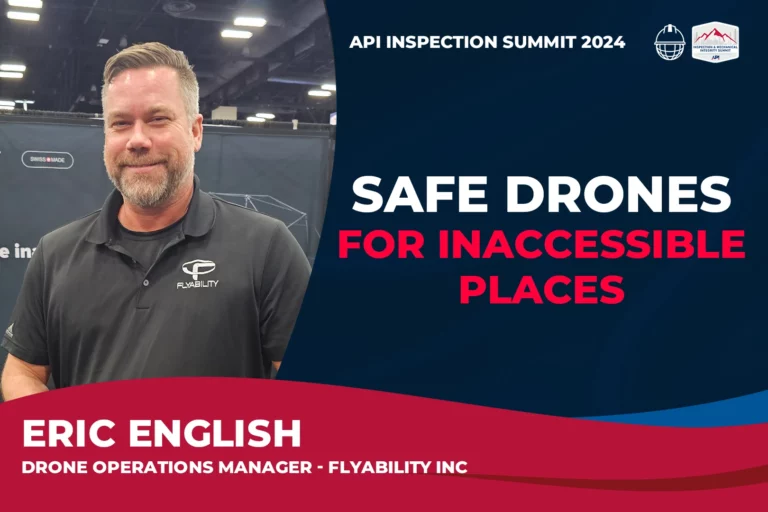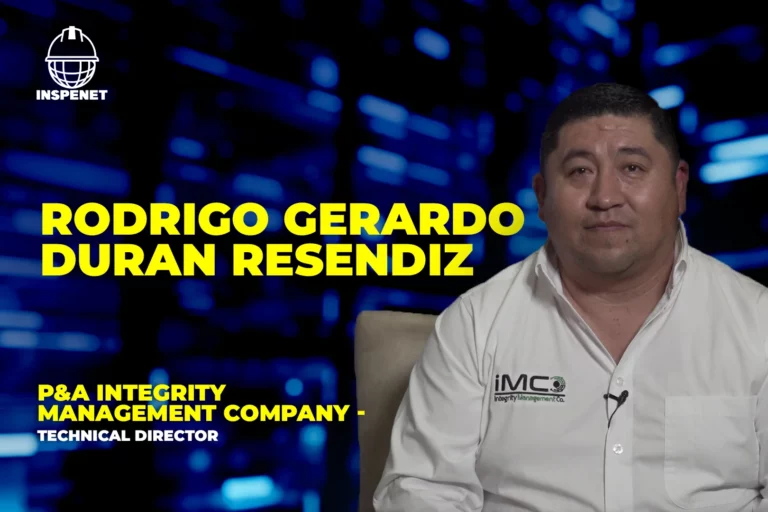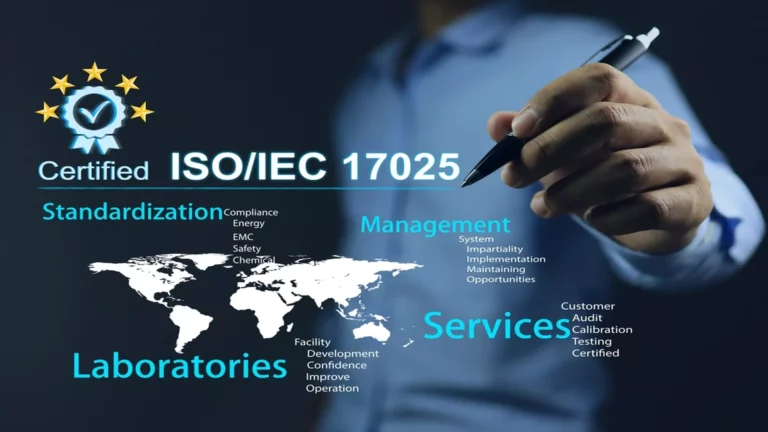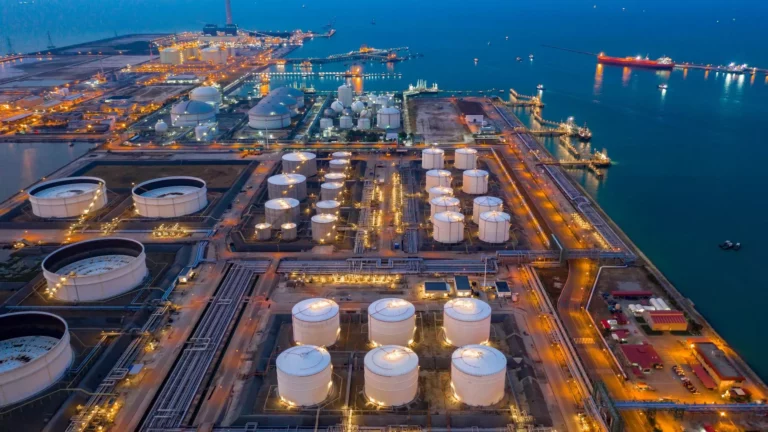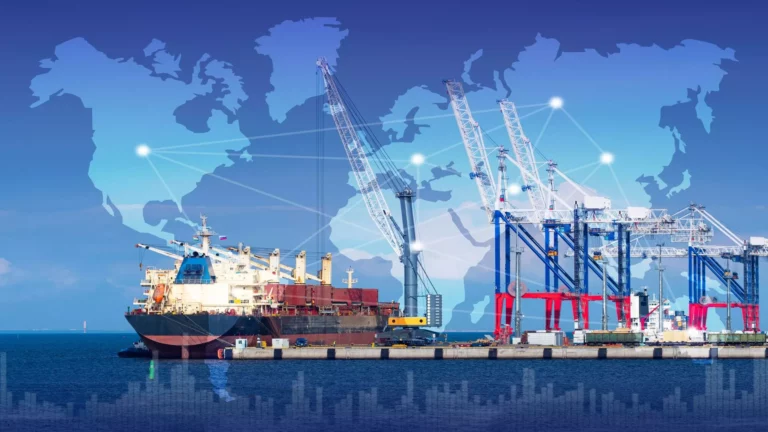Author: Ing. Euclides Quiñonez, October 5, 2023.
Introduction
La Industria del petróleo y gas es una de las más críticas y complejas en el mundo. Las operaciones en este sector involucran riesgos significativos, tanto en términos de seguridad como de integridad de activos. Para gestionar de manera efectiva estos riesgos, se ha desarrollado varias metodologías de evaluación de riesgos, de las cuales la práctica recomienda RP API 580 o Inspección Basada en Riesgos (RBI), es una de las más importante y efectiva. En este artículo técnico, se exponene los detalle de las metodologías de RBI en la industria del petróleo y gas, presentando casos de estudio que ilustran su aplicación exitosa y destacando las mejores prácticas asociadas.
La Inspección Basada en Riesgos (RBI), por sus siglas en inglés) es un enfoque sistemático para evaluar y gestionar los riesgos asociados con la integridad de activos en la industria del petróleo y gas. En lugar de realizar inspecciones de rutina a intervalos fijos, la RBI utiliza una evaluación de riesgos para determinar cuándo y cómo inspeccionar activos críticos. Esta metodología se basa en la premisa de que no todos los activos son iguales en términos de riesgo, y por lo tanto, no todos requieren la misma frecuencia de inspección.
Risk assessment methodologies in RBI
- Current Condition Assessment: The first stage in RBI implementation involves a complete assessment of the current condition of the assets. This includes the collection of data on the design, materials, fluid characteristics, volume of fluid handled or stored, damage mechanisms and failure modes, corrosion rate, geographic location of each piece of equipment, inspection and maintenance history, costs. for business interruption, equipment replacement costs, environmental remediation costs. This information is used to understand the current state of the assets and determine the highest risk areas and actions to take.
- Probability of Failure (PoF): The evaluation of the probability of failure is another important component of RBI. This involves analyzing the factors that may contribute to a failure, such as the age of the asset, the quality of construction, exposure to corrosive agents, among others. The combination of the evaluation of consequences and probability of failure allows determining the global risk associated with each asset.
- Consequence of Failure (CoF): Once the current state of the assets has been evaluated, the potential consequences of a failure must be determined. The consequence analysis is carried out to determine the impact that each piece of equipment would have in the event of a potential failure. This analysis must be a simplified, repeatable and credible estimate, and will be the most likely consequences resulting from a typical failure mode for a specific and previously identified damage mechanism. This involves considering not only the financial impacts, but also the safety, health and environmental risks. Consequence assessment helps prioritize assets based on the risk they represent.
- Asset Prioritization: Once the previous evaluations have been completed, supported by the risk and consequences matrix, the inspection and maintenance of assets can be prioritized based on risk. High-risk assets will require more frequent and detailed inspections, while low-risk assets may undergo less frequent inspections.
- Development of Inspection Strategies: The RBI also involves the development of asset-specific inspection strategies. This may include selecting inspection methods, defining acceptance criteria, and planning inspection frequency. Inspection strategies should be designed to minimize risk and ensure asset integrity.
RBI Case Studies in Oil and Gas Industry
Case study 1: Crude oil refining plant:
At a crude oil refining plant, RBI implementation helped identify a high risk in an atmospheric distillation unit. Through condition assessment, it was discovered that this unit, more than 30 years old, had experienced a number of minor incidents in the past. The consequence assessment revealed that a failure of this unit could have serious consequences in terms of lost production and safety risks. The probability of failure assessment identified several risk factors, including corrosion and lack of preventive maintenance.
As a result, increasing the frequency of inspections was prioritized and a rigorous preventive maintenance program was implemented. This led to process control, significant reduction in the risk of failure and an increase in unit reliability.
Case study 2: Offshore Platform:
On an offshore oil drilling platform, RBI was used to evaluate the integrity of risers, which are conduits that transport oil from the seabed to the surface. Condition assessment revealed that the mimes were exposed to undetermined extreme environmental conditions, including corrosion in the saline environment and fatigue due to ocean currents.
The consequence assessment identified the high risk of a failure as it could result in an oil spill with serious environmental damage. The failure probability evaluation considered factors such as the age of the risers, the quality and condition of the material, the condition of the coatings, and corrosion rates.
As a result, regular inspections were implemented using advanced underwater inspection technologies such as remotely operated vehicles (ROVs). Additionally, a preventative maintenance plan was developed that included the application of protective coatings and replacement of corroded sections. This helped ensure the integrity of the facilities and reduce the risk of oil spills.
Case study 3: Natural gas storage terminal:
At a natural gas storage terminal, the RBI was applied to pressure storage containers. The condition assessment revealed that several of these pieces of equipment had been in service for more than 40 years and had experienced corrosion in the past. The consequence evaluation identified the risk of natural gas leaks, with possible catastrophic impacts due to gas accumulation in the atmosphere and ignition.
The failure probability evaluation considered the age of the tanks, the quality of the coating and the corrosivity of the surrounding atmosphere. As a result, the uncertainty of equipment condition was eliminated, older pressure containers were prioritized for regular visual inspection using advanced methods such as ultrasound and aquatic emission, and a preventive maintenance plan was established.
Best Practices in RBI Implementation
Successful implementation of RBI in the oil and gas industry requires following best practices. Here we present some of them:
- Top management commitment: It is essential to have the commitment of the company’s top management to implement RBI effectively. This includes allocating appropriate resources, establishing clear policies, and communicating the importance of risk management throughout the organization.
- Data Collection and Management: Accurate and reliable data collection and management are essential for the RBI. Companies must invest in robust information systems and the training of their staff to ensure data quality.
- Evaluation of current conditions: The evaluation of current conditions must be thorough and accurate. This involves physically inspecting assets, collecting maintenance data, and reviewing historical records.
- Consequence evaluation: The consequence assessment should consider a wide range of impacts, including financial, environmental, safety and reputational impacts.
- Failure Probability Assessment: The probability of failure assessment must be based on solid data and analysis. All relevant factors that may contribute to a failure must be considered.
- Asset Prioritization: Asset prioritization should be based on a combination of risk assessments and operational considerations. High-risk assets should receive priority attention.
- Development of Inspection Strategies: Inspection strategies must be detailed and specific for each asset. They should include inspection methods, acceptance criteria, and inspection frequency.
- Monitoring and Continuous Improvement: RBI is not a static process; It should be reviewed and updated periodically as conditions change and new information is obtained. Monitoring and continuous improvement are essential to maintain asset integrity over time.
Codes and standards to support the RBI
- API RP 581: It is the most used document within the RBI. This recommended practice details the step-by-step methodology for calculating risk in a semi-quantitative and quantitative manner.
- ASME PCC-3: Inspection Planning Using Risk-Based Methods
- API 510 – Pressure Vessel Inspection Code
- API 570 – Piping Inspection Code
- API 653 – Tank Inspection
- API 579/ASME FFS-1 – Fitness-For-Service
- API 571 – Damage Mechanisms Affecting Fixed Equipment in the Refining Industry
Conclusion
Risk Based Inspection (RBI) is a very useful methodology in the oil and gas industry to manage risks associated with asset integrity. Through current condition assessments, consequence assessments, and probability of failure assessments, RBI allows assets to be prioritized based on risk and effective inspection strategies developed.
The case studies presented illustrate how RBI has been successfully applied in different industry contexts, from crude oil refining plants to offshore platforms and natural gas storage terminals. Best practices in RBI implementation, such as senior management commitment and accurate data management, are critical to long-term success.
In a sector where security, asset integrity and risk management are of utmost importance, RBI has become an invaluable tool in ensuring safe and reliable operations. Its effective and consistent application is critical to the success and sustainability of the oil and gas industry worldwide.





